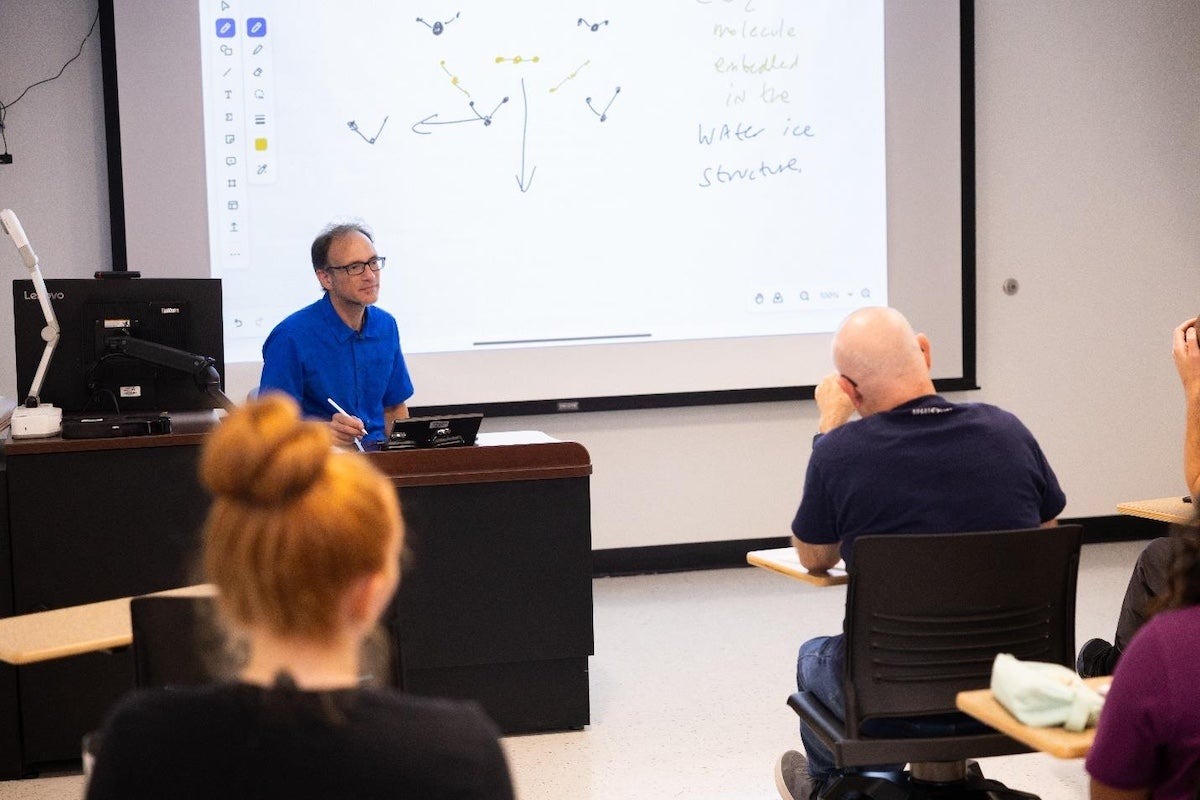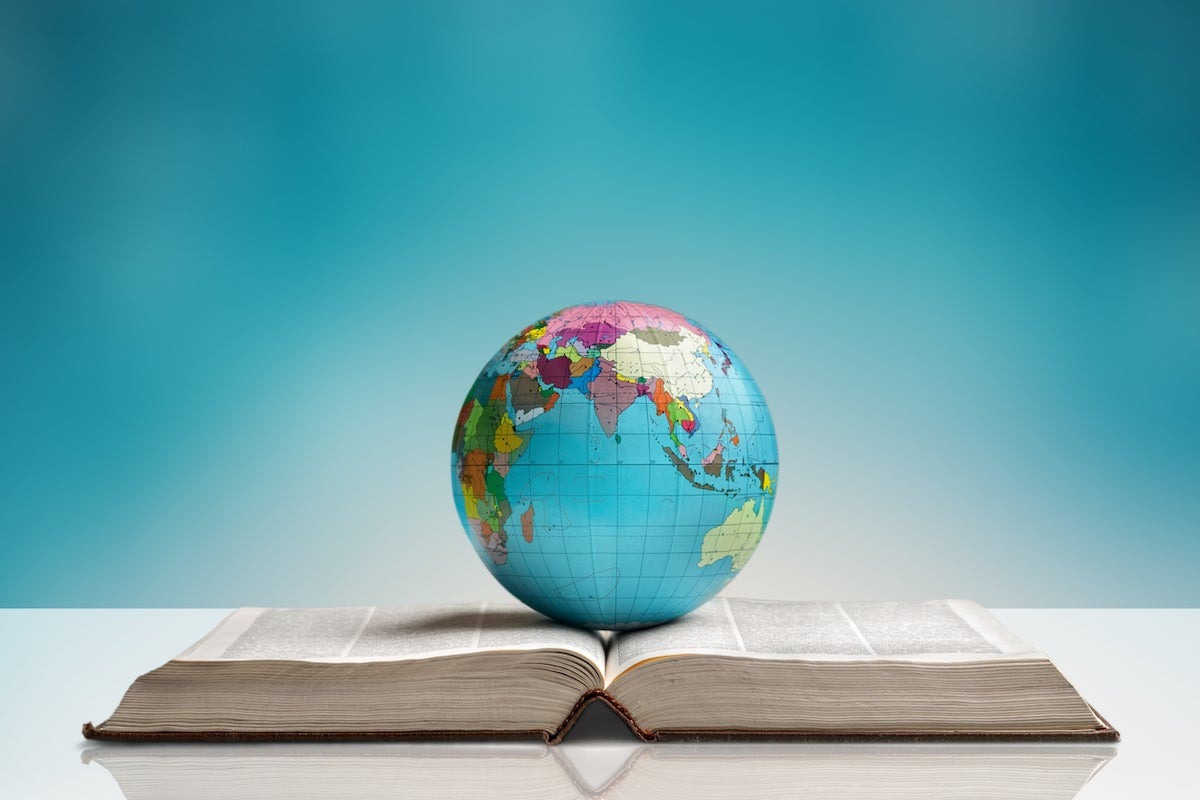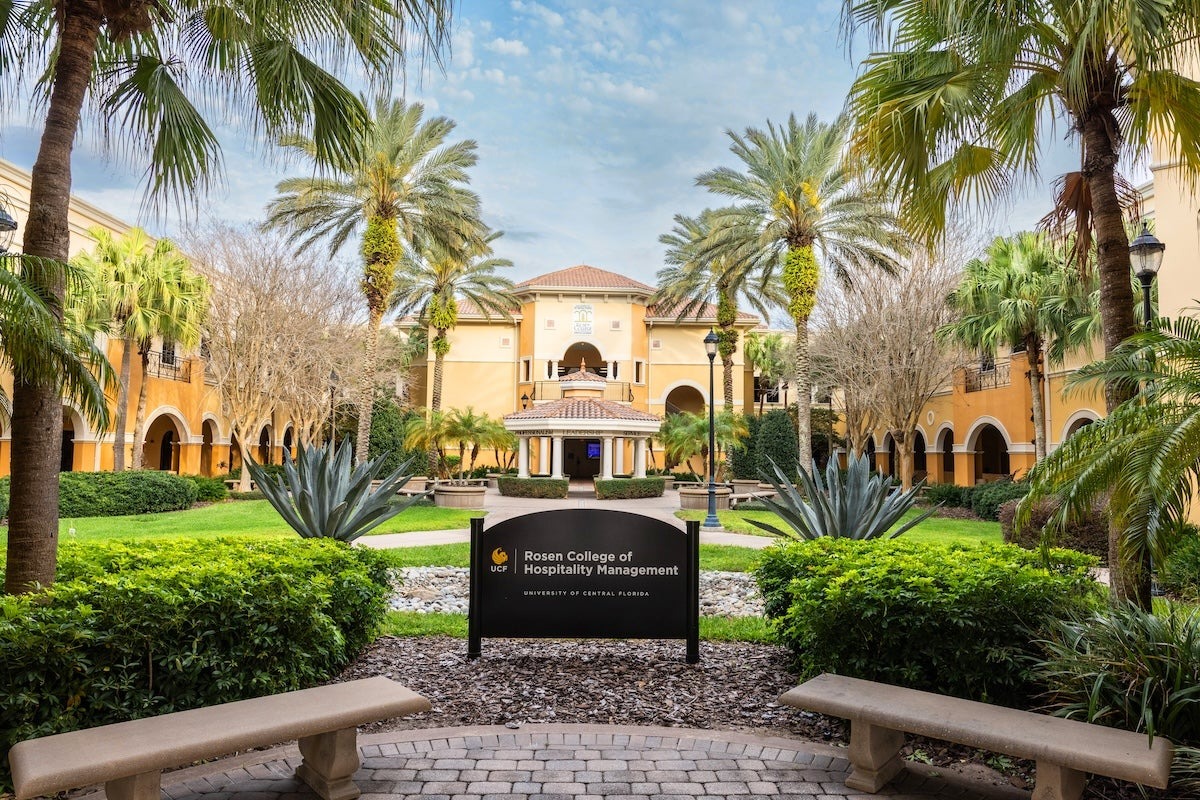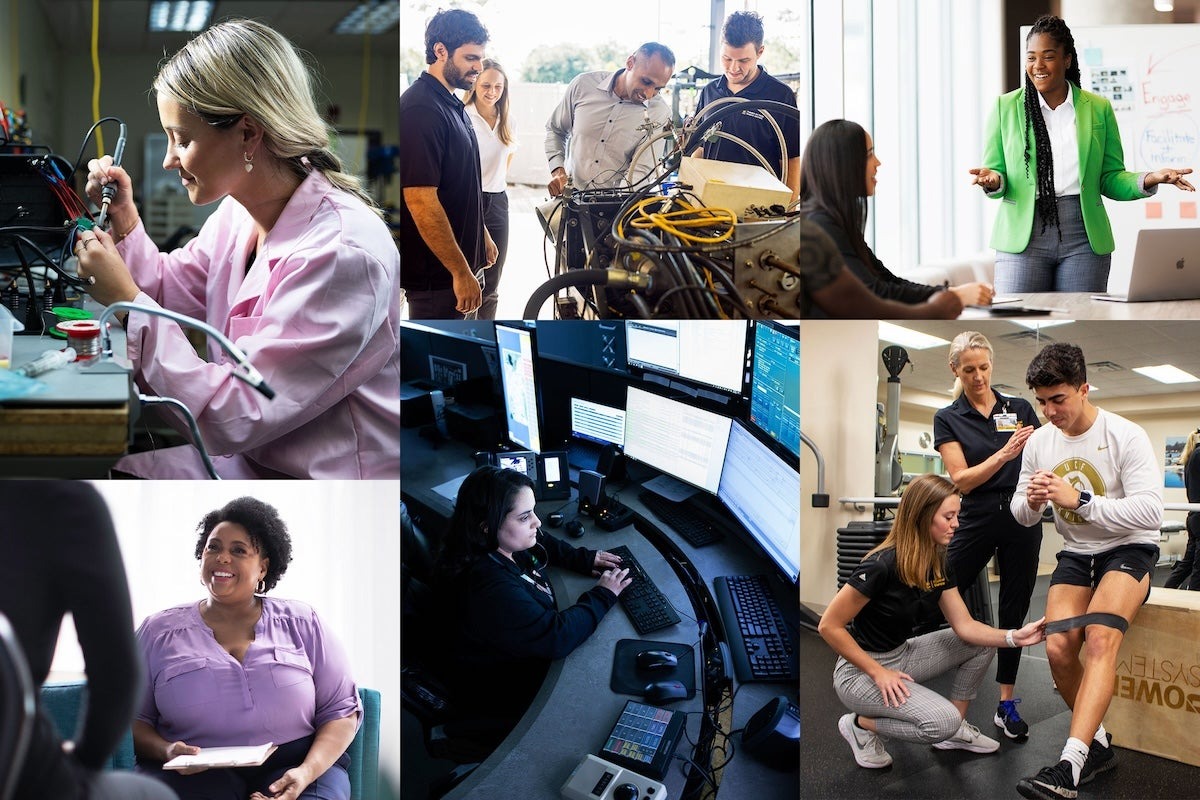New Study Shows Colliding Neutron Stars May Unlock Mysteries of Universe Expansion
The National Science Foundation’s Arecibo Observatory in Puerto Rico has proven itself instrumental in another major astronomical discovery.
An international team of scientists, led by the University of East Anglia in the United Kingdom, found an asymmetrical double neutron star system using the facility’s powerful radio telescope. This type of star system is believed to be a precursor to merging double neutron star systems like the one that the LIGO (the Laser Interferometer Gravitational-Wave Observatory in the United States)/Virgo discovered in 2017. The LIGO/Virgo observation was important, because it confirmed the gravitational waves associated with merging neutron stars.
The work published by this team today in the journal Nature indicates these specific kinds of double neutron star systems may be the key to understanding dead star collisions and the expansion of the universe.
“Back in 2017, scientists at LIGO/Virgo first detected the merger of two neutron stars,” says physicist Robert Ferdman, who led the team. “The event caused gravitational-wave ripples through the fabric of space time, as predicted by Albert Einstein over a century ago. It confirmed that the phenomenon of short gamma-ray bursts was due to the merger of two neutron stars.”
One of the unique aspects of the 2017 discovery and today’s is that the double neutron systems observed are composed of stars that have very different masses. Current theories about the 2017 discovery are based on the masses of stars being equal or very close in size.
“The double neutron star system we observed shows the most asymmetric masses amongst the known merging systems within the age of the universe,” says Benetge Perera, a UCF scientist at Arecibo who co-authored the paper. “Based on what we know from LIGO/Virgo and our study, understanding and characterizing of the asymmetric mass double neutron star population is vital to gravitational wave astronomy.”

Perera, whose research is focused on pulsars and gravitational waves, joined the NSF-funded Arecibo Observatory in June 2019. The facility, which is managed by the University of Central Florida through a cooperative agreement with the NSF, offers scientists around the world a unique look into space because of its specialized instruments and its location near the equator.
The Discovery
The team discovered an unusual pulsar – one of deep space’s magnetized spinning neutron-star ‘lighthouses’ that emits highly focused radio waves from its magnetic poles.
The newly discovered pulsar (known as PSR J1913+1102) is part of a binary system – which means that it is locked in a fiercely tight orbit with another neutron star.
“The Arecibo Observatory has a long legacy of important pulsar discoveries,” says NSF Program Officer, Ashley Zauderer. “This exciting result shows how incredibly relevant the facility’s unique sensitivity remains for scientific investigations in the new era of multi-messenger astrophysics.”
Neutron stars are the dead stellar remnants of a supernova explosion. They are made up of the densest matter known – packing hundreds of thousands of times the Earth’s mass into a sphere the size of a city like New York.
In about half a billion years the two neutron stars will collide, releasing astonishing amounts of energy in the form of gravitational waves and light.
That collision is what the LIGO/Virgo team observed in 2017. The event was not surprising, but the enormous amount of matter ejected from the merger and its brightness was unexpected, Ferdman said.
“Most theories about this event assumed that neutron stars locked in binary systems are very similar in mass,” Ferdman says. “But this newly discovered binary is unusual because the masses of its two neutron stars are quite different – with one far larger than the other. Our discovery changes these assumptions.”
This asymmetric system gives scientists confidence that double neutron star mergers will provide vital clues about unsolved mysteries in astrophysics – including a more accurate determination of the expansion rate of the universe, known as the Hubble constant.
Other members on the discovery team are: P.C.C. Freire from the Max-Planck Institute f¨ur Radioastronomie in Germany, F. Camilo from the South African Radio Astronomy Observatory, J.M. Cordes from Cornell University, F. Crawrod from Franklin and Marshall College, J.W. T. Hessels from the University of Amsterdam and the Netherlands Institute for Radio Astronomy, V. M. Kaspi and E. Parent from McGill University, N. Pol from West Virginia University, I. H. Stairs from the University of British Columbia. And J. van Leeuwen from the Netherlands Institute for Radio Astronomy.
Perera has multiple degrees including a doctorate in physics from West Virginia University. He’s authored or co-authored dozens of peer-reviewed journal articles and presented at conferences around the world. He previously taught at the University of Manchester and was a summer scholar at Purdue University.
Share This Article

UCF Launches 1st Planetary and Space Sciences PhD Program in Florida
As SpaceU, UCF is pushing the boundaries of exploration by launching a groundbreaking new doctoral program in the planetary and space sciences. Now, aspiring researchers can apply to the inaugural cohort of...
Latest News

UCF Fulbright Awardees Bring Their Passions to a Global Scale
Each year, the Fulbright Program offers opportunities for American students to conduct research, teach English, or pursue graduate study abroad. One of the most prestigious international exchange programs in the...

Unleash Opportunities with a UCF Graduate Degree
A graduate degree has the power to unleash opportunities by expanding careers, opening doors to new fields, and increasing lifetime earnings. According to the U.S. Bureau of Labor Statistics (2024),...

UCF Rosen College Ranks No. 1 in the World for Hospitality Education for 2025
One of the most anticipated theme parks in the world is about to open its gates — and right next door, the No. 1 hospitality and hotel management school on...

From Engineering to Counseling, Graduate Programs Highly Ranked by U.S. News Propel UCF Alumni to Thrive in Career
While pursuing a doctoral degree in aerospace engineering at UCF , Tommy Genova ’20MS ’20PhD worked alongside Professor Kareem Ahmed, one of the world’s foremost researchers in hypersonics and combustion. He played a...